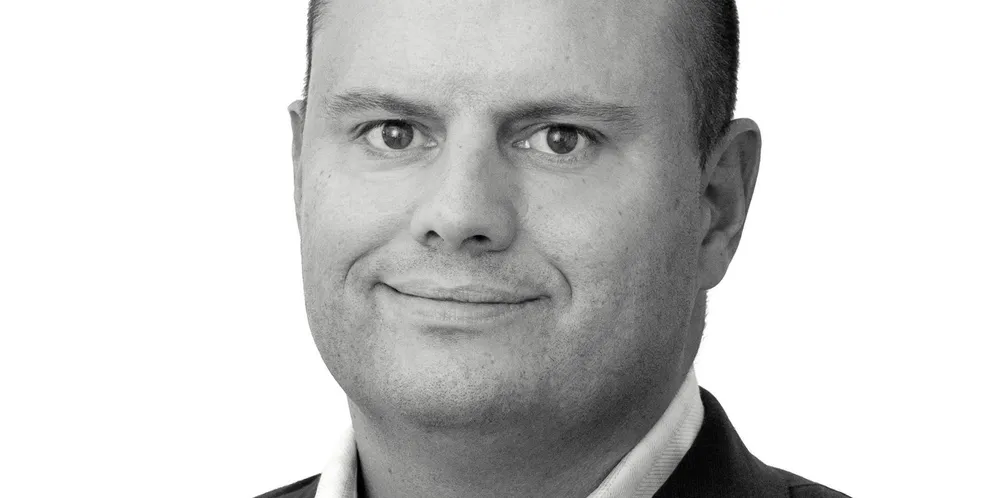'Call us crazy, but we’re betting on a big future for small renewable energy players – even in offshore wind'
OPINION | Nimble early movers still have a crucial role to play in project development and should get the rewards they deserve, writes Jérôme Guillet
